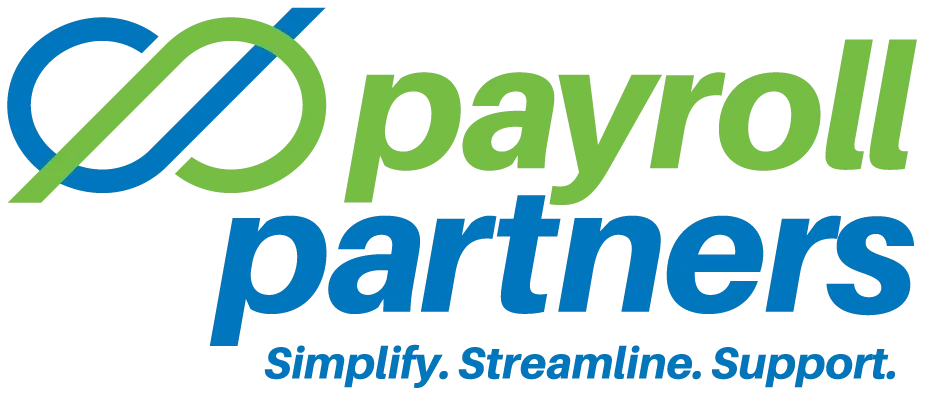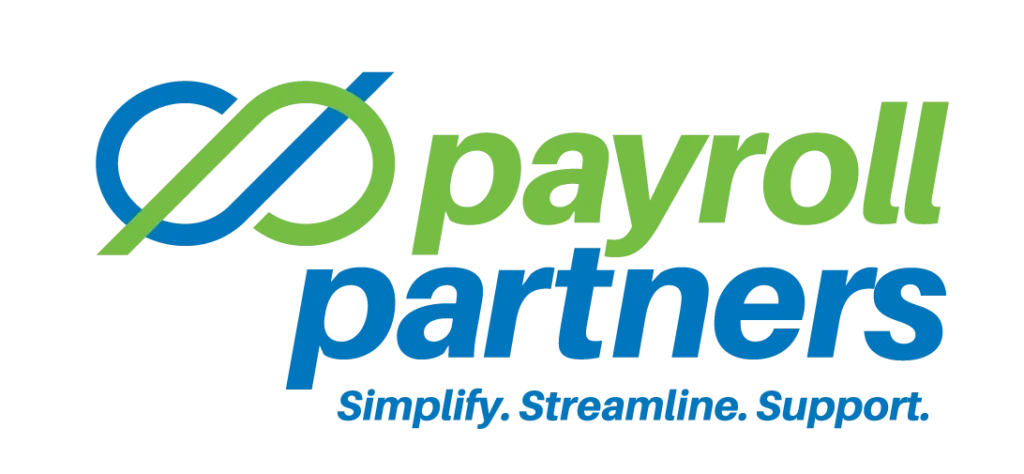 As the 2025 year-end approaches, many businesses (and we mean many) scramble to close out their payroll on time and without any errors. And if you are, too, we’ve listed nine tips to ensure your year-end payroll is accurate and stress-free.
As the 2025 year-end approaches, many businesses (and we mean many) scramble to close out their payroll on time and without any errors. And if you are, too, we’ve listed nine tips to ensure your year-end payroll is accurate and stress-free.
1: Start Early.
- The key to a smooth year-end payroll process is starting early and waiting until the last minute increases the risk of errors and missed deadlines.
- Begin by reviewing your payroll processes and identifying any potential issues that could cause problems down the line.
- Ensure all employee information is current, including addresses, social security numbers, and tax withholding forms.
2: Review Payroll Data.
- Take the time to review all wages, bonuses, commissions, and any other forms of compensation.
- Ensure that all earnings have been accurately recorded and no missed payments.
- It’s also essential to verify that all deductions, such as taxes, retirement contributions, and benefits, have been correctly applied.
3: Reconcile Payroll Reports.
- Reconciling your payroll reports is a critical step in ensuring accuracy. This involves comparing your payroll records with your bank statements, tax filings, and other financial documents to ensure everything matches up.
- Any discrepancies should be investigated and resolved before the year-end processing.
4: Check Tax Withholding And Deposits.
- One of the most common areas where errors occur is in tax withholding and deposits. Review your records to ensure that you have withheld the correct federal, state, and local taxes from each employee’s paycheck throughout the year.
- Additionally, verify that all tax deposits have been made on time and in the correct amounts. Late or incorrect deposits can result in penalties and interest charges.
5: Prepare And Distribute W-2 Forms.
- Accurately preparing and distributing W-2 forms is one of the most critical aspects of year-end payroll. These forms must be provided to employees by January 31st, and they contain crucial information about an employee’s earnings and tax withholdings for the year.
- >Double-check all the information on the W-2 forms, including employee names, social security numbers, and earnings data, to ensure no errors.
6: Handle Year-End Bonuses Correctly.
- If your company awards year-end bonuses, handling them correctly in your payroll processing is important.
- Bonuses are subject to federal, state, and local taxes, and they must be reported on your employees’ W-2 forms.
- Make sure to calculate the correct withholding amounts and ensure the bonuses are paid out before the end of the year.
7: Update Your Payroll System For 2026.
- Before the new year begins, take the time to update your payroll system with any changes to tax rates, contribution limits, and other payroll-related regulations.
- This will help ensure that your payroll is accurate from the first paycheck of the new year. It’s also a good idea to communicate any changes in payroll processes or benefits to your employees so they know what to expect.
8: Conduct A Final Review.
- Before you finalize your year-end payroll, conduct a thorough review of all your payroll records, reports, and documents.
- Make sure that everything is accurate and complete. This final review is your last chance to catch any errors before they become bigger problems.
9: Document Your Processes.
- Finally, document your year-end payroll processes (great for future audits, etc).
- This documentation can serve as a valuable reference for future year-end payrolls and can help you identify areas for improvement.
Original content by the Drip Marketing Inc.. This information is provided with the understanding that Payroll Partners is not rendering legal, human resources, or other professional advice or service. Professional advice on specific issues should be sought from a lawyer, HR consultant or other professional.

